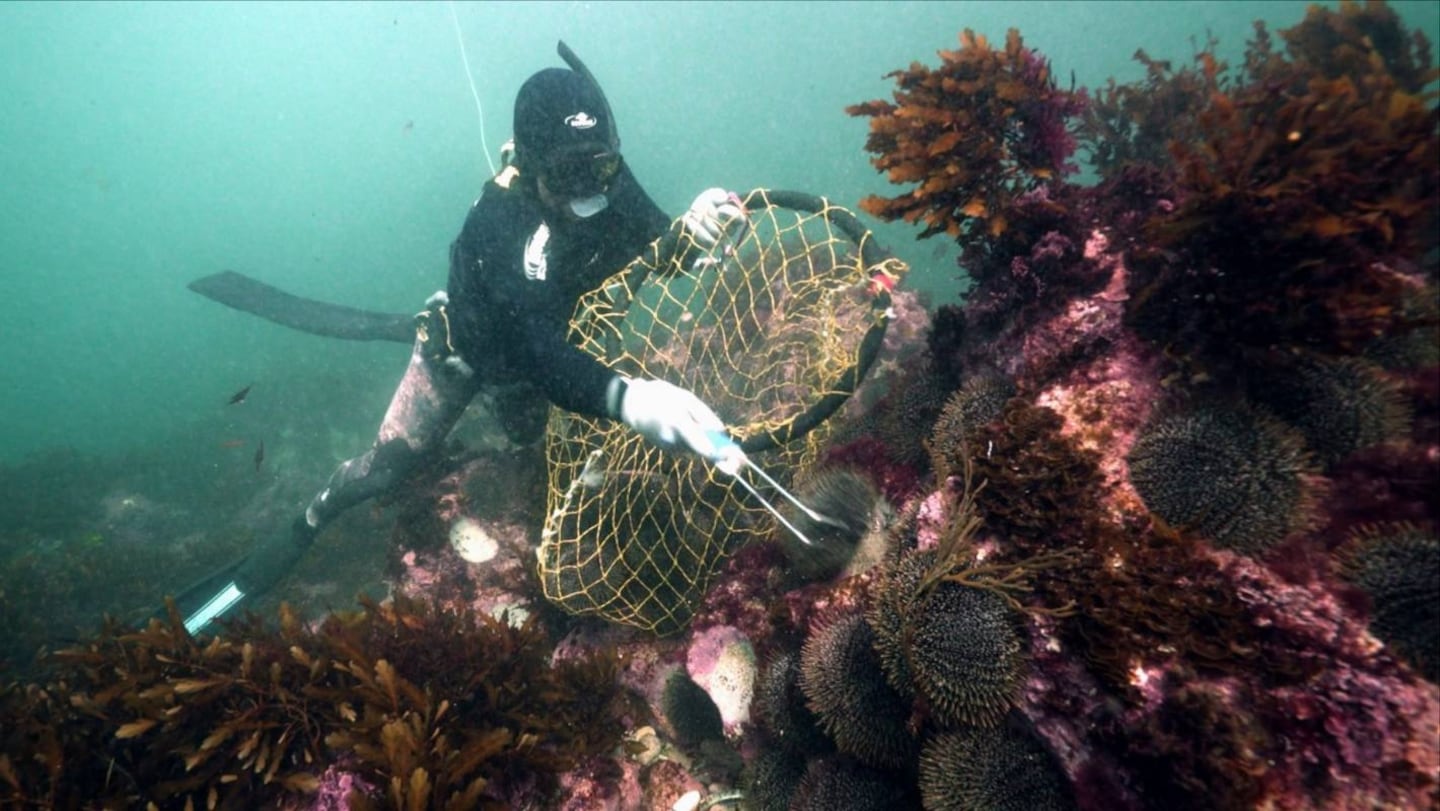Free water safety lessons in Southland and Otago are aimed at reducing the drowning rates of Māori while underwater kai gathering.
Dive Otago owner Virginia Watson has been delivering the Water Safety New Zealand-funded lessons in both regions, with her work in Southland in conjunction with Awarua Whanau Services.
Watson said her lessons, which had booked out, provided underwater kai gatherers with the information to respect the ocean and keep safe.
Kai gathering was important both socially and culturally for Māori, with the funded lessons targeting Māori because they were over-represented in kai gathering deaths while snorkelling and free diving.
Māori statistics
Māori were also over-represented in nationwide drowning figures.
The Water Safety New Zealand website says of underwater kai gathering drownings: “Usually Māori, always male, with an average age around 40, can be anywhere around the coast of NZ. Typically, they are free diving or snorkelling. Scuba is relatively uncommon.”
Water Safety New Zealand chief executive Daniel Gerrard believed its funding of the free lessons in Southland and Otago [and in some other parts of the country] would provide basic skill development and make a difference.
An average of 19 Māori have drowned in New Zealand each year for the past 10 years, with most of those drownings occurring during kai gathering, he said.
Given the tough economic climate, Māori sometimes felt they had to arrive home with kai for the likes of tangis, so went diving no matter the weather conditions.
“People are going out in conditions they shouldn’t be, but they feel an absolute need to put food on the table. [But] coming home and sitting at the dinner table is far more important than putting fish on it.”
Māori made up less than 18% of the population, but accounted for about 20% to 25% of total drownings in New Zealand, he said.
Watson said drowning victims during kai gathering often wore too much weight on their weight belts.
People holding their breath underwater could be feeling fine as they made their way to the surface. “But in the last couple of metres they can black out, and if you don’t have too much weight on your weight belt you will come to the surface.”
Teaching lessons
She urged snorkellers and free divers to always go out with a buddy and always check in with them.
“That means actually watching them when they dive down, and when they come to the surface they should signal they are okay, then it’s your turn to take a dive.”
She also said free divers and snorkellers should never tie their catch bags to themselves, and should never overload their catch bags.
“That could mean swimming some of your catch to shore, or attaching it to a float with a flag on it, to alert boaties you are in the water.”
In Southland, a total of 32 people drowned in the 10 years from 2013-22, while 53 people drowned in Otago in the same period.
“Four percent of total drownings [in New Zealand] occur in Southland,” Gerrard said.
In New Zealand, there had been a total of 90 drownings in 2023 as of December 28, he said.
In 2022 there were 94 drownings nationwide, and in 2021 there were 91 drownings.



